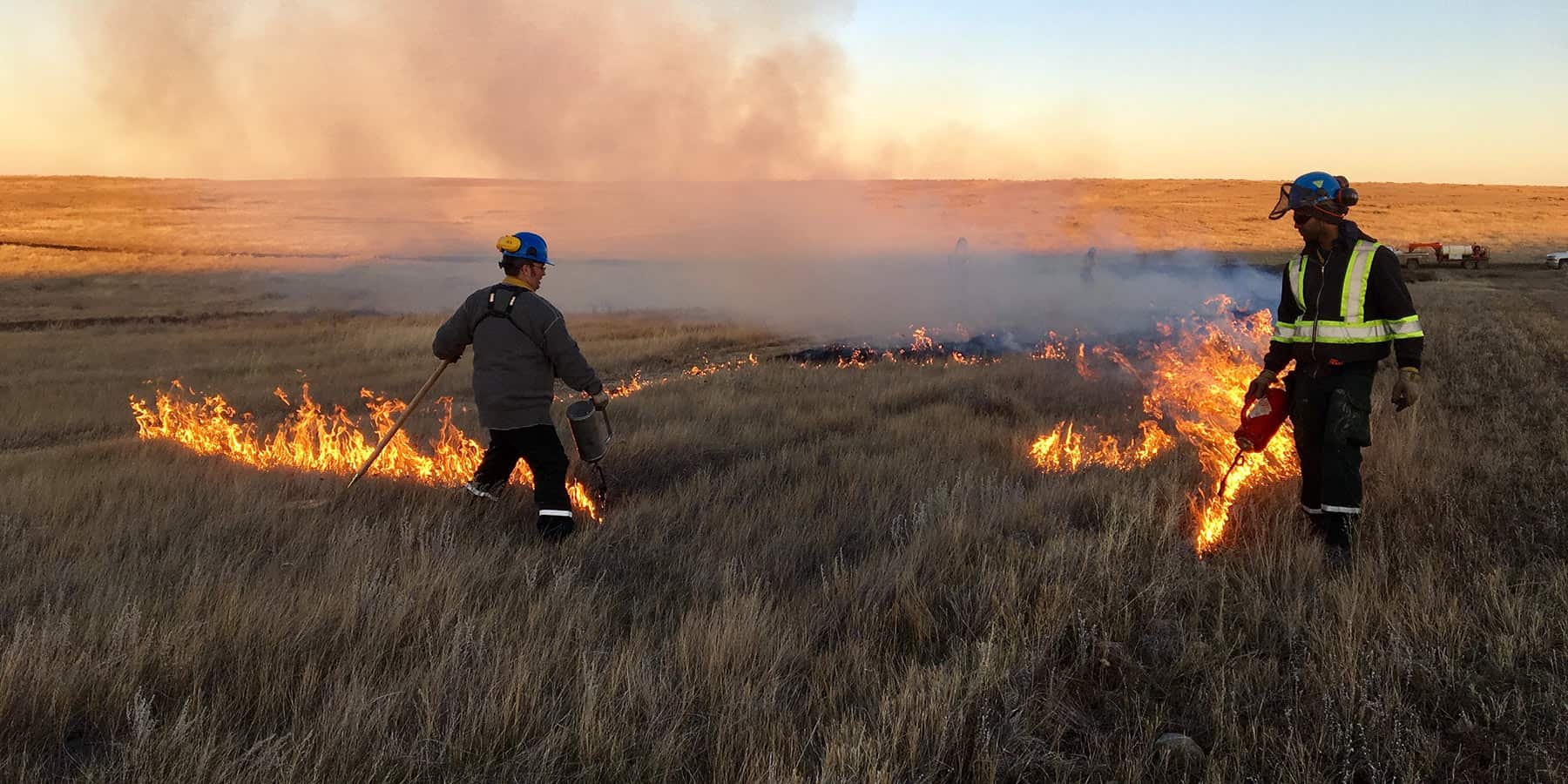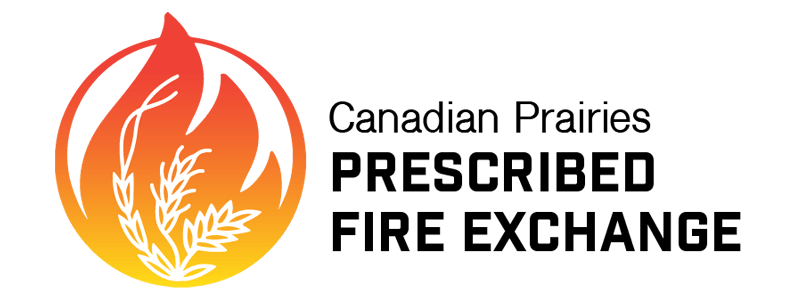
Frequently Asked Questions
Why is fire important?
We currently live in a fire deficit. Years of supressing natural fires have led to a loss of grassland ecosystems, a loss of suitable habitat, a decrease in plant and animal biodiversity, and a build up of fuel that leads to uncontrollable wildfires. Climate, grazing and fire are the three ecological processes that have shaped and formed the prairies. By safely maintaining the balance of these three drivers, we are able to contribute towards healthy and productive prairies, which in turn provide food, habitat and countless other benefits to us and those with whom we share this planet.
What is the difference between prescribed fire and a wildfire?
With a wildfire, we never know where and when one will take place. With a prescribed fire, months, and sometimes years, of planning allow us to know the exact weather requirements we need, the vegetation (fuel) moisture that is safe to burn, and even the wind direction that will ensure for a safe and effective fire. Equipment and personnel are on-site to make sure things go to plan, and detailed emergency plans are in place for if they don’t. All of these factors contribute to what is known as the Prescribed Fire Prescription. If even one factor is not within the prescription requirements, the fire is never started.
Among multiple other factors, a Prescribed Fire Prescription considers wind speed, wind direction, temperature, relative humidity, recent precipitation, moisture content of available dead vegetation (fuel), time of year and even time of day.
Is it safe for non-firefighters to conduct prescribed fires?
Conducting prescribed fires is not a new practice. In fact, if you ask a lot of ranchers and farmers, they’ve been helping out on fires since they were old enough to hold a shovel. Prescribed fires come in many shapes and sizes, and our goal is to make sure people have the right training and planning tools to do it safely. It would not be safe for someone without the right background knowledge and training to throw a match in a field, just as it’s not safe for someone without a license and training to operate a crane. That said, seeing as fire is a great tool to clear irrigation ditches, recycle nutrients from old crops, and push back woody shrub encroachment from native prairie, when done properly, with the right planning, it is a safe and predictable tool.
What are the liability and legal ramifications of conducting a prescribed fire?
This is a really good question and is at the core of what we’re trying to do right now. Each province has it’s own laws, and each region even more requirements. We are currently attempting to collect all available information on this topic and display it in a way that helps fire practitioners across our prairie provinces. If you have any information to help this process, please feel free to reach out to us. We’d be happy to hear from you.
Enjoy this Free Children’s Book.
Journey along with a young Indigenous person named River, as he tries to understand the relationship between fire, muskrats & wildlife conservation.

